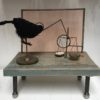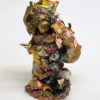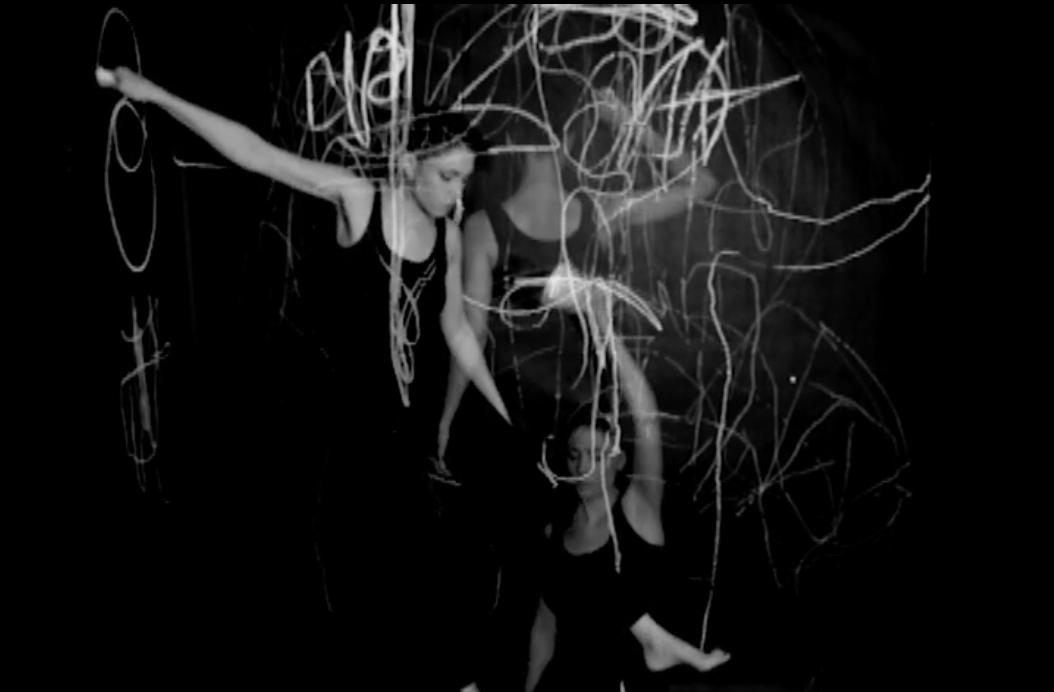A. Morgan Sayers
Body Language: Ghost in the Machine
video
Pain is a quintessentially private sensation. It relies upon on social interaction to make it tangible. I am invested in helping women chronic pain sufferers and non-sufferers alike to view pain as physical, legitimate, and profoundly important. The experience of chronic pain is simultaneously sensation and emotion. I explore the connection between language and pain: the notion that a pain sufferer speaks a language of a world different from the everyday-world. Everyday-world language objectifies pain in order to give it meaning. The meaning distorts the experience and in a sense, betrays it. Throughout my interviews with chronic pain sufferers, I discovered that the crucial element is how chronic pain sufferers connect pain to their bodies and their identity. If one claims it, accepts it, does not fight it (even, at times, identifies with it), then, paradoxically, one better controls it. Pain is its own language and it competes with the language of the everyday-world. Thus, despite attempts to communicate one’s extreme pain, it remains unreal to others. At its core, the true nature of chronic pain is fleeting yet continuous. By amplifying the subtleties of these conflicting ideas, and the virtual unrepresentability that beauty and pain both share, I develop forms based on subjective associations and formal parallels. As a result, the viewers are invited to make their own associations. In order to compete with the everyday–world language, I create objects and experiences that combine fragments of my own pain-full body and world with that of others’. The objects allow the audience to see the physical manifestation of another woman’s pain by taking pain from the verbal world into the physical one.
© A. Morgan Sayers



